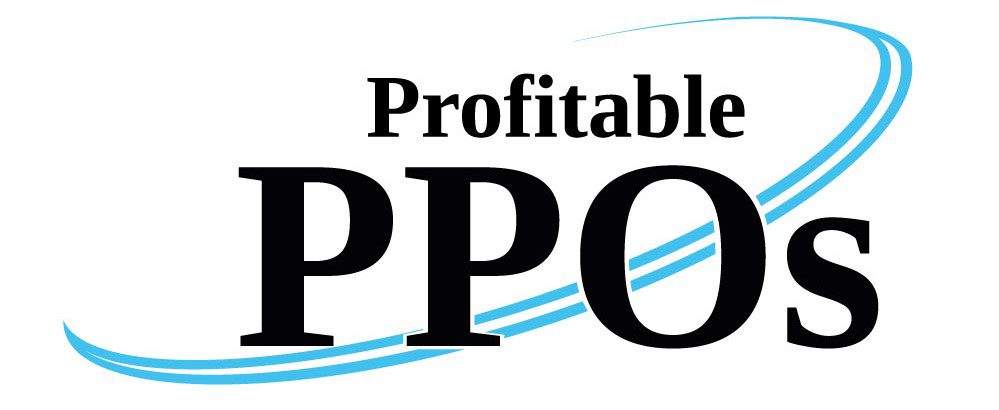We know that for a lot of doctors starting out, participating in a lot of different insurance plans is pretty normal. Over time, you learn which plans are worth keeping and reduce participation. There’s nothing wrong with that. However, if you aren’t careful, sometimes instead of dropping participation you inadvertently end up moving your participation to an even lower fee schedule due to a linked network.
Let me give you an example. Say Insurance Company A and Insurance Company B have a network relationship, and you accept both insurance plans at your office. If you decide to drop your participation with Company A, however, your relationship with that company won’t go away completely — it will simply change. Because Companies A and B share a network, dropping participation in one of them just means that participation in Company A will continue through your participation with Company B.
So, if you’re considering dropping a PPO, don’t do so without diligently checking which insurance carriers are linked with one another.
You can also use linked network connections to your office’s advantage. Say you’re planning to drop PPO Plan A but find out that it’s linked with PPO Plan B, and that Plan B has even lower fees. The best strategy might be to drop Plan B with the lower fees, and then you’ll find that it will often move to the higher fee schedule of Plan A. The result is one less fee schedule to deal with AND participation at better fees for Plan B.
Regardless of which PPOs you decide to participate with, a good rule of thumb is to exercise caution when you’re thinking of dropping a PPO. Do it without due diligence, and you could end up simply participating with it at even lower fees. Ultimately what we’ve learned from thousands of practices is that reducing the number of PPO agreements and building around a smaller number of good fee schedules is a very profitable strategy and one we suggest every practice consider.


